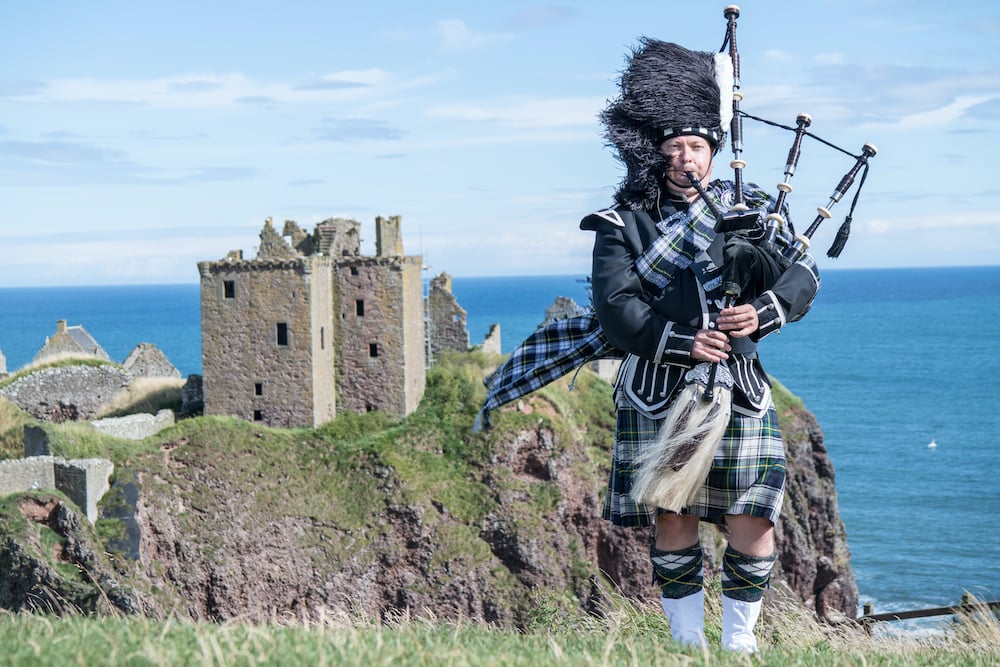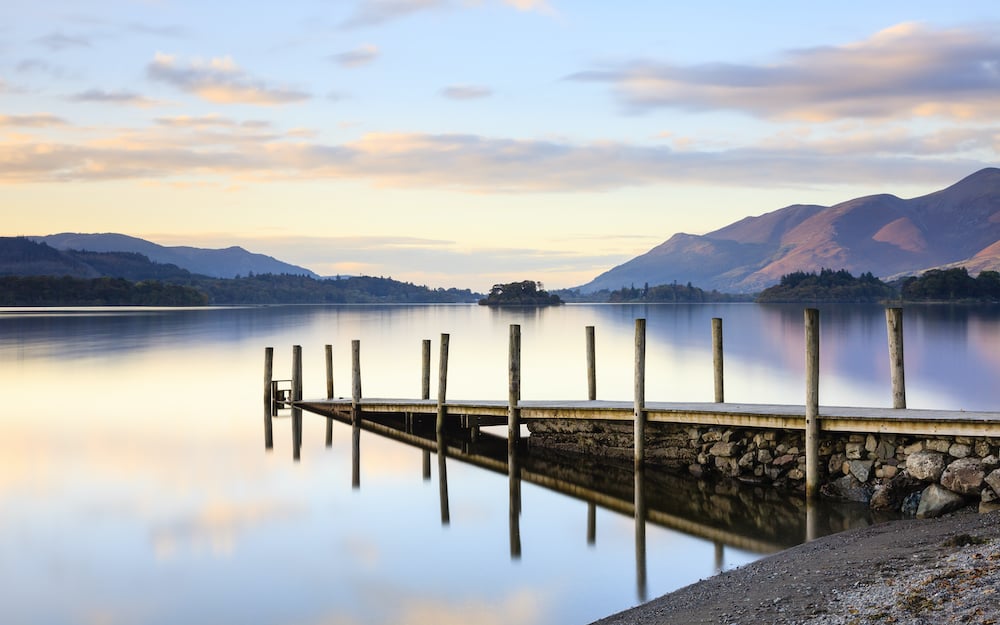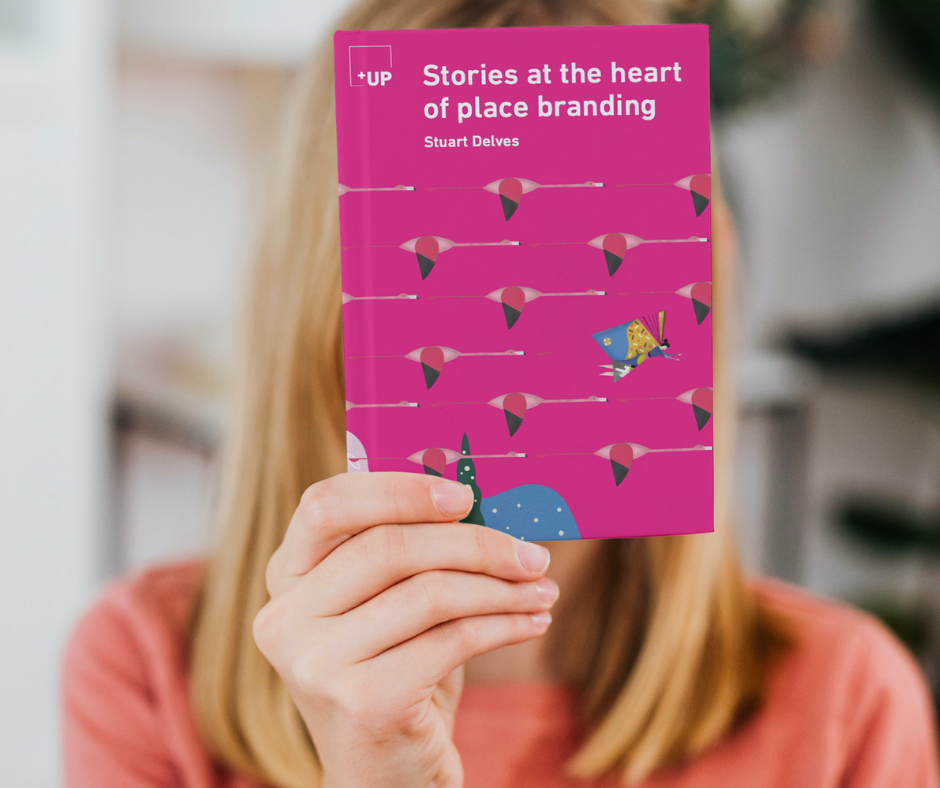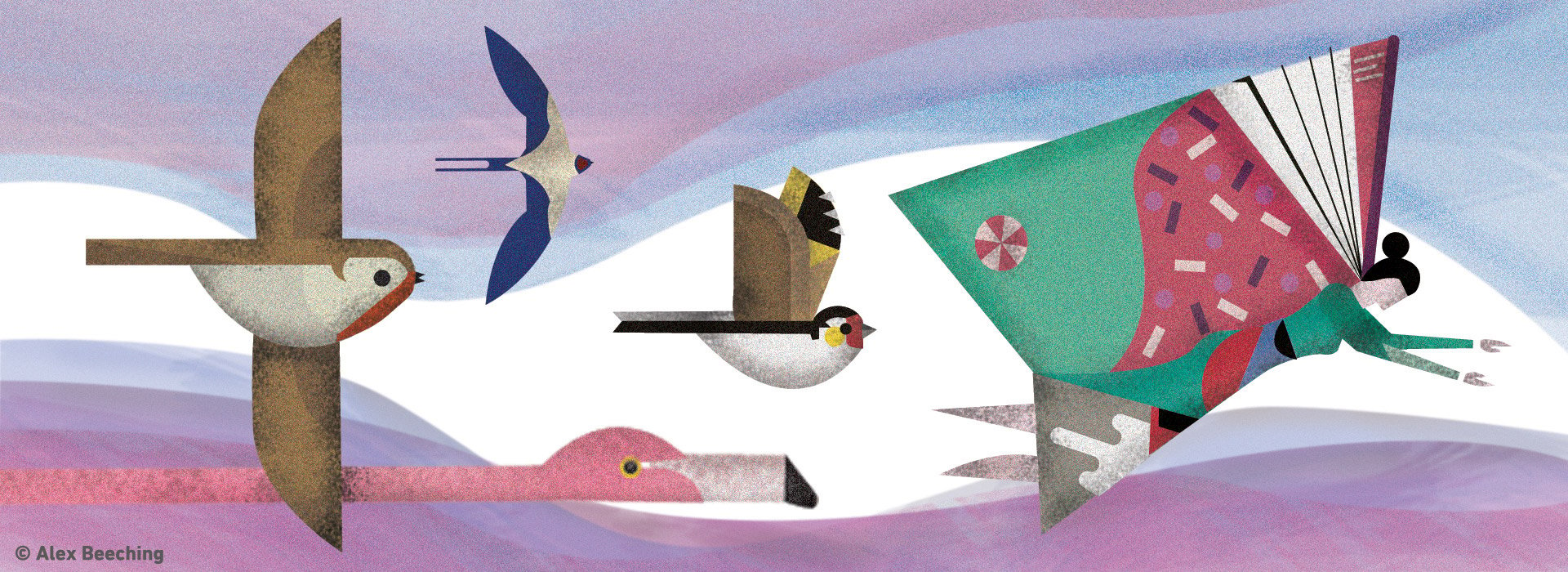When Evelyn Waugh wrote Brideshead Revisited at the tail end of WWII he deliberately used rich, evocative, gorgeous language to compensate for the privations of the war. “I wrote with a zest that was quite strange to me. It was a bleak period of present privation – the period of soya beans and Basic English – and in consequence the book is infused with a kind of gluttony, for food and wine, for the splendours of the recent past, and for the rhetorical and ornamental language, which now, with a full stomach, I find distasteful.” Although distasteful to him, back to the full Sunday roast washed down with a full-bodied Burgundy, the irony is that Brideshead Revisited endures as his most popular book.
As he writes in the same preface, the novel having lost him esteem amongst his contemporaries nevertheless ‘led me into such an unfamiliar world of fan-mail and press photographers.” Readers were utterly seduced by Waugh’s language. They still are. And the two cities that he most memorably evokes – Oxford and Venice where the narrator Charles Ryder metaphorically ‘drowns in honey’ - are indelibly cast in the mind of the reader.
Applying honey to the post-Covid world
As we propel forwards on the tail end of the Covid pandemic with a brave new post-vaccine world in sight, there are pertinent parallels. Privations in the shapes of lockdowns and travel restrictions will make us want to get out and see the world at large again: feast our eyes and gleefully ‘drown in honey’.
As we start to travel again and indeed start to properly re-inhabit our cities, marketers should start to revisit not just what we say about places but how we say it. What stories should we be telling and what kind of language should we use?
Telling the tale of two cities
My colleagues within UP FOR REAL have kindly helped me answer these questions, drawing on their specialist knowledge and sources of inspiration. For my own part, I’ve been living in Scotland for almost 30 years and been writing about Scotland for 26 of them. Much of what I’ve written commercially in that time has, in essence, been promoting Scotland as a destination. A destination, not just for tourists, but a destination for inward investors, for cultural exchanges and arts performances, for genealogical research and tracing roots, for education and for relocation (companies and individuals).
So there are many discrete audiences. Added to which of course there are the home audiences: citizens and residents as well as marketers who are all potential ambassadors for their city or country. The stories we write about our places therefore have to do a number of different things but they all share one need, I believe, and that is to go deep and be authentic. All these audiences need reasons to believe in what a place has to offer. Stories that go beneath the skin can even deepen the pride and sense of belonging that natives feel.

How to attract and inspire
Post-vaccine there will be an even greater need in place branding to both attract and inspire people as places will compete to draw tourists, inspire residents, convince inward investors, and provide ammunition for marketers and ambassadors. Environmental and civic credentials in terms of sustainability, ecological awareness, social justice, reliable information and protection against contagion will all play a part in fuelling compelling stories that convince people that this place or that is a good place to live, a good place to visit, a good place to invest in, a good place to promote or a good place to re-locate to.
In the early noughties I wrote scores of web features or articles for a Scottish Government website called Friends of Scotland. The shortened term ‘blog’ had been coined around 1999 but neither my design partners nor friends in high places had cottoned on. But essentially I was writing blogs. And the overall purpose was to keep the massive Scottish diaspora (estimated between 30-50 million people, six to ten times the size of Scotland’s population), trading partners and other ‘friends’ around the world up to speed with what a great place Scotland was.
Why? So that inward investors would keep pumping money into technological and medical research and innovation; so that students would keep coming to Scotland’s first class universities; so that arts producers would keep bringing shows to Scotland’s world-leading festivals; so that fairness and justice would continue to influence the evolution of criminal law in emerging economies; so that whisky would continue to be enjoyed in every country under the sun; so that prawns and scallops and lobsters would continue to satisfy the insatiable continental appetite; so that Auld Lang Syne would continue to be the globe’s New Year signature tune; so that Burns Suppers would continue to be celebrated from St. Petersburg to Puerto Rico because at the end of the day, it rings true, that ‘a man’s a man for a’ that, for a’ that, and a’ that.”
That’s a long sentence. Scotland has a long list of things to shout about. The above is but a fraction. As Winston Churchill said:
Of all the small nations of this earth, perhaps only the ancient Greeks surpass the Scots in their contribution to mankind.”
I’ll stop there. The point is, wherever you are on this earth there will be a wealth of stories. Find them. Tell them. Tell them with verve. Those of us that promote places must not be shrinking violets.
How do you find them?
The key tools of the trade here are targeting and research. UP are keen advocates of using personas to explore the profiles of different audiences and aligning that to deciding both what each audience needs to know and what it might be quite interested to know. That’s the difference between information and stories. Information is easily accessible and easily re-skinned. The sourcing of stories relies upon the writer’s natural attributes: curiosity, sleuthing and the ability to listen.
Your first-hand experience of a place, your impressions, your sensory perceptions and your feel for its pulse, will be of primary importance in bringing your writing alive. In addition, reading and listening to other people will enrich your wellspring of knowledge a thousand-fold. As will reading a place’s poets. Who else will sum up a place so well, so evocatively?
My family and I once spent six hours in the company of a bus driver in Orkney, blitzing around the mainland visiting both Neolithic and wartime sites of interest. The whisky distillery, which was commissioning a short book from me about its malt whisky and its provenance, had recommended Jim as our ‘tour guide’. He wasn’t a tour guide. He drove the school bus not the swanky air-conditioned tour coach. But he was a true storyteller. Those six hours gave me not only the flesh and bones of my story but the visceral shivers up the spine of this amazing archipelago.
What language should one use?
Maybe Waugh’s language in Brideshead is too over-the-top for modern tastes, too gorgeous. Yet millions love it. Certainly his evocation of Oxford and Venice – two places I know – adds to the deep admiration I feel for those cities. As indeed do Jan Morris’s books Oxford and Venice which I read in editions that still bore the author’s first name as James. (Jeanette Winterson’s later evocations of Venice in her novel The Passion further intensified my revelling in that jewel of a city.) Closer to home, Scottish poet Norman MacCaig’s Edinburgh poems capture the breathing city more crisply than a photograph, because you hear it, taste it, and feel it on your face too. Writing feeds, and enriches, writing. Beg, steal and borrow.
Once you’ve got your salient details, once you’ve got your angle, write passionately, from the heart. Investors have hearts too, however hard their heads. At my very first interview with a creative director at a London ad agency, the snappily dressed guy across the table from me said “the key to advertising is romance”. And there I was thinking that I was at the cool hub of commerce. Well, I was. And what is more romantic than place, the stage and the beating heart of culture?
Place branding workshop
Stuart Delves has designed a special storytelling training for UP FOR REAL clients and their marketing teams: "Sense of Place." Through a series of two-hour on-line seminars, he will share key ingredients for writing compelling stories about our places. The training will explore research methodology, collaborative working and writing for different channels as well as fine-tuning storytelling skills by way of tried and tested exercises.
UP is offering both open trainings and bespoke in-house trainings. Both formats allow learning from other participants and the latter is excellent for team building and bonding.
What books most evoke a place?
Having referenced Evelyn Waugh, Jan Morris, Jeanette Winterson and Norman MacCaig in this blog, I asked the UP FOR REAL TEAM to recommend one book (travel, fiction, poetry) that – for them – most powerfully evoked a place, be that a city or a country. And I asked them to briefly say why. Of course this is a question one could ask the world and his wife and get seven billion answers. So I did ask my wife. Plus a few friends whom I knew had particular connections with London and New York.
My wife cited Bruce Chatwin’s On the Black Hill for evoking the English/Welsh borderlands, Donna Tartt’s The Secret History for evoking Vermont and Hannah Kent’s Burial Rites for evoking Iceland. My New York aficionado recommended Frank O’Hara’s poetry for ‘all its speed and splendour’. One born and bred London friend said Charles Dickens best captured his beloved city and of all his books Bleak House was the ‘most intensely set in London’.
Another good friend, drawn into the metropolis from The High Weald, told me ‘Conan Doyle's Sherlock Holmes books live in my mind as I walk about central London’. For me these are brilliant tips and will steer me towards these works as much for their evocation of place as for their characters and stories.
Some responses from UP members
Mani: Travels in the Southern Peloponnese
By Patrick Leigh Fermor
Written in 1953 this classic account of a remote rocky slither of land in the south of mainland Greece is simply beautiful. Fermor shows how the past remains close to the present with a descriptive power that combines poetic description with high spirits. Even today this book draws travellers to experience the places his words so vividly portray.
- Chris Little (Norfolk, UK)
An Armenian Sketchbook
By Vasily Grossman
I was drawn to this book after reading Grossman's far more famous Life and Fate: an epic novel set around the battle of Stalingrad. An Armenian Sketchbook is a travelogue and therefore a more personal (and peaceful) book. Grossman captures the Armenian spirit beautifully in this celebration of the country's landscapes, ancient churches and indomitable people.
- Oliver Davy (Frome, UK)
Pynchon’s California
By Scott McClintock and John Miller
Although ostensibly situated in 1970s Reagan-era California, Pynchon evokes an otherworldly destination in Vineland, where the lines between reality and fantasy are subtly blurred. Having worked in LA for a while, Pynchon’s California trilogy, Inherent Vice, The Crying of Lot 49, and especially Vineland capture the scintillating and slightly surreal essence of California that beguiled me.
- Donald MacDonald (Rotterdam)
La Superba
By Ilja Leonard Pfeijffer
Genoa has been called La Superba ('the proud one') due to its glorious maritime past and impressive landmarks. Reading this is like you're wandering the streets of 'La Superba' yourself. The city is often overlooked by tourists, but this book makes you want to get lost in the labyrinth of tiny streets and invites you to explore the story of its inhabitants.
- Ardi Eleveld (Amsterdam)
The Hare with Amber Eyes
By Edmund de Waal
In his family memoir Edmund de Waal takes us on a journey to Belle Epoque Paris, fin de siècle Vienna and postwar Tokyo. We meet real characters whose fascinating stories are told against the backdrop of the cities they call home.
- Monika Lehner (Hamburg)
Fear and Loathing in Las Vegas
By Hunter S Thompson
Suitably, Fear and Loathing in Las Vegas uses language like crack. Thompson’s vocabulary and imagery are just so decadent, singular and unapologetically potent. Much like the city it examines, this book is truly its own beast. One that couldn’t possibly be copied or replicated.
- Jamie Delves (Edinburgh)
Shantaram
By David Gregory Roberts
I've never been to Mumbai, or anywhere else in India, but that book made me feel like I've walked every street of the Mumbai slum.
- Karin Stenberg (Sydney)
The Girl with the Dragon Tattoo
By Stieg Larsson
I love reading books that take place in cities/places that I have lived or visited, because while reading them, I am immediately transported back to all those wonderful memories of place. In this case, I’m transported back to Stockholm, one of my favorite cities in the world.
- Lawrence Masle (Amsterdam)

And finally, from Place Branding guru and UP’s CEO, Julian Stubbs, based in Stockholm:
As a kid it was Swallows and Amazons. Visiting the Lake District became a bit of an obsession after getting through all the books - the Norfolk broads as well, which Arthur Ransome covered in some of the books.
More grown up, I’d say Leslie Thomas and The Adventures of Goodnight and Loving. It made me want to just give up boring routine life and travel the world with a backpack. Philip Kerr’s Berlin Noir books and anti hero, Bernie Gunther, really plants you in Berlin at the end of the second world war and captures what that must have been like.
And some evocative music while you read the above:
Fontane di Roma by Ottorino Respighi - A symphonic poem, La Mer by Claude Debussy and Iberia by Albeniz - All pieces of music which evoke a sense of place.
Recommended by Alex Beeching (Cheltenham, UK)
What book most evokes a sense of a place for you?
I’d like to invite you, dear reader, to share your recommendations. It would be great to receive them. Together we can build an almost bottomless resource both to inspire our own travel plans and to enrich the communications of many places. When someone evokes your city or country through beautiful language and compelling imagery it’s a priceless gift.
Share your answers in the comments below
 Take this article with you: Download the Art of Storytelling for Places ebook
Take this article with you: Download the Art of Storytelling for Places ebook
Learn more
Find out more about Storytelling for Places Workshops


